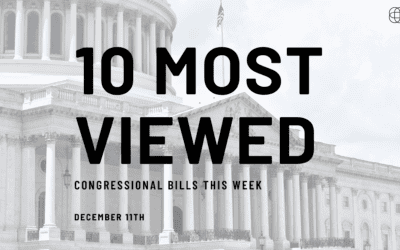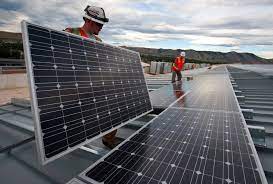The visual representation of electric charging corridors provided by the Joint Office of Energy & Transportation paints a compelling picture of the state of electric vehicle (EV) readiness in the United States. With distinct disparities between the coasts and the Midwest, it’s evident that much of the country isn’t adequately prepared for the electric revolution.
While dark green indicates ready corridors, the Midwest is predominantly marked by light green, signifying pending infrastructure. This observation underscores a significant challenge: the Midwest’s struggle to keep pace with coastal regions in embracing EV technology. However, delving deeper into the data reveals key insights into states leading the charge towards electrification.
California, with its remarkable score of 91 out of 100 from the American Council for an Energy Efficient Economy (ACEEE), emerges as a frontrunner in EV adoption. This success can be attributed to California’s multifaceted approach, including mandates for electric buses and commercial vehicles, as well as innovative incentive programs aimed at subsidizing EV purchases for lower-income individuals.
In particular, California boasts over 25 incentive and rebate programs, each playing a vital role in incentivizing EV adoption. From the Clean Vehicle Rebate Project to the Clean Fuel Reward Program, these initiatives have positioned California as a beacon of progress in the realm of clean transportation.
However, the landscape is not static. The impending 2024 election holds the potential for significant shifts, especially in states with pending corridor lines, such as Florida, Illinois, Indiana, and Ohio. The Biden-Harris administration’s pledge to install 500,000 EV charging stations has sparked optimism for accelerated infrastructure development, with discussions already permeating government meetings nationwide.
Staying informed about these developments is essential for individuals and organizations invested in the future of transportation. Services like Cloverleaf AI offer a solution, monitoring over 1.5 million government meetings annually to provide real-time updates on relevant initiatives at all levels of government.







